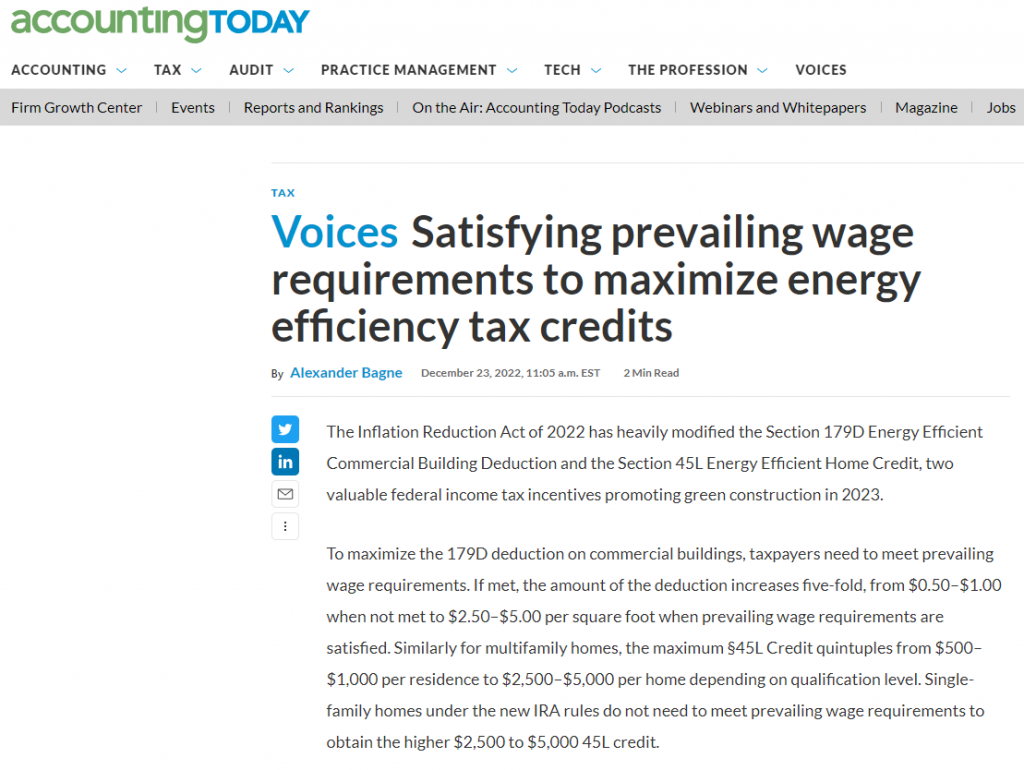This has always puzzled me. When private investment comes to a blighted neighborhood it’s labelled “gentrification” (which is bad, I am told). But when public investment comes, it’s labelled “redevelopment” (which is good, I am told).
Isn’t ANY investment in blighted neighborhoods good? Sure, the people being displaced need a safe/affordable place to live. But the blighted structures they lived in previously weren’t safe.
Isn’t the question we should be asking “What can we do to produce more affordable housing so people don’t have to live in slums?” Saying “Look at those heartless private investors, displacing poor families from blighted, unsafe housing?” seems to miss the point.

A link to the news story is found here.




